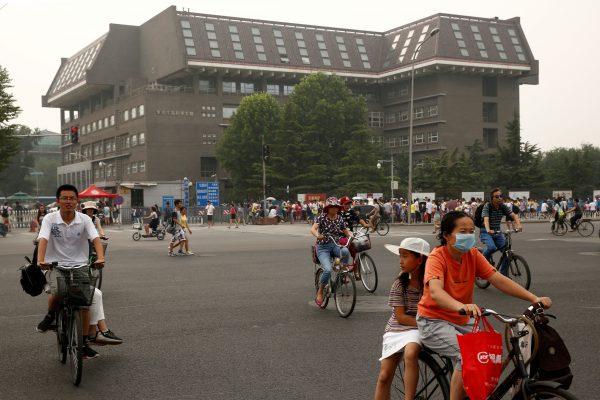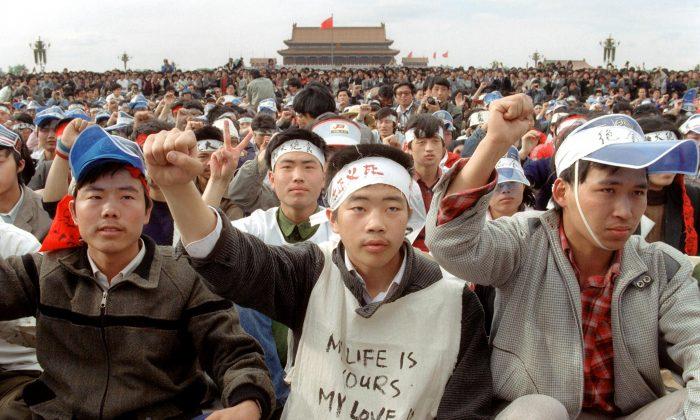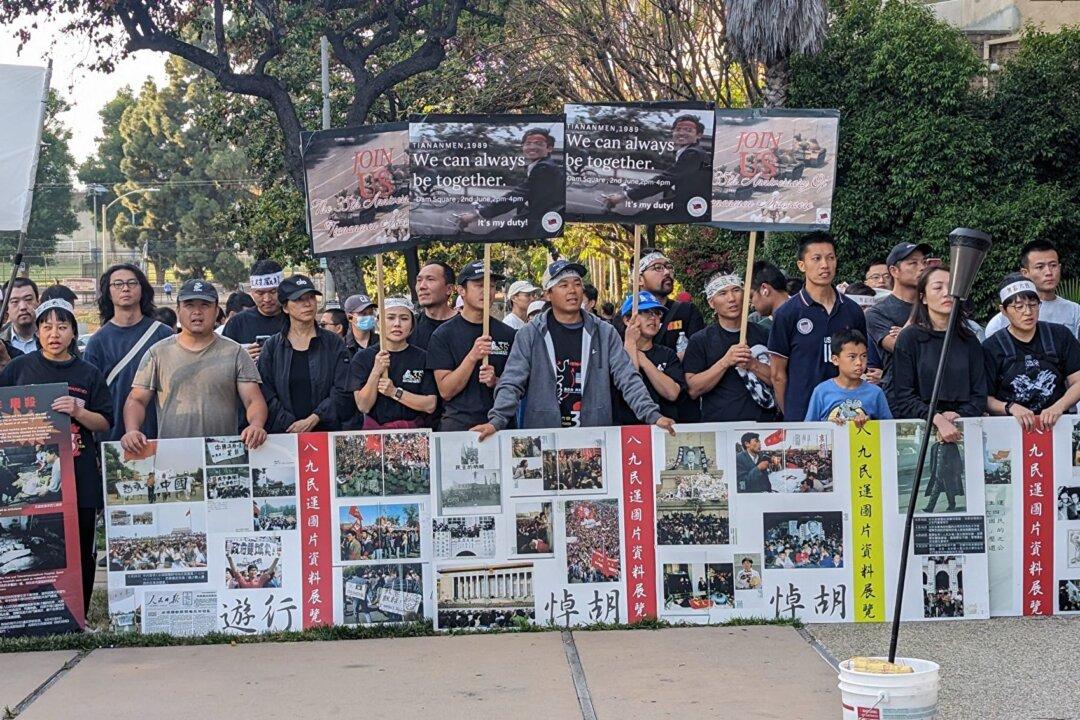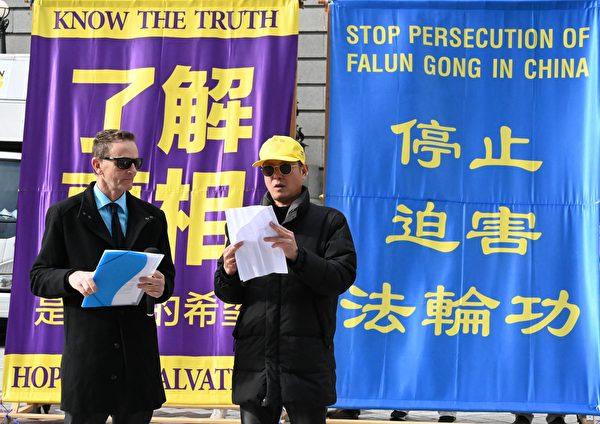China’s most prestigious university, Peking University in Beijing, saw a protest against its Covid containment maneuver. At midnight on May 15, students protested the erection of a temporary metal wall that keeps the students locked in and divides the off-campus dorms east and west like a Berlin Wall.
Students: Bring Down the Wall
In the midst of a surging pandemic, Peking university built a wall to facilitate its lockdown measures.The Wanliu Compound is an off-campus dormitory area for the students and staff. The wall allows staff to move freely while the students are confined to the area, and no food delivery to the students’ dorm is allowed .
Just before midnight of May 15, a Peking University student wrote on the Chinese social platform, Weibo, “Without any consensus or paper work, a Berlin Wall was built, Wanliu is now divided east and west.”
The post continued, “All students are now protesting.”
In the video, VP Chen Baojian is seen saying, “It’s my promise, if it’s not resolved, I won’t leave this place.”
The students said, “We can’t leave this place anyway.”
Chen asked the students to return to their rooms, and said he will visit every building and ensure a conversation with all of them, in every room; but someone immediately said, “Bring down the wall first.” Chen did not respond.
As Chen continues talking, the sound of the iron wall crashing down can be heard in the background. Students showed their support with loud applause.

Before the Protest
Wanliu Compound is a designated zone for student dorms and staff family housing. Since the pandemic outbreak in Beijing, shuttle buses no longer operate in the compound, and food delivery to the area is forbidden. Students argue, “The staff can go freely, not the students. So, what’s the point of keeping us locked down in Wanliu?”Threat of Reprisal
During the protest, Chen was heard saying, “I am asking you to do one thing first: put down your cell phones; we should protect Peking University.” A student responded, “How about our rights? Who’ll protect us?”According to student online posts, the university leaders refused to sign a guarantee that they wouldn’t hold student representatives accountable; university political counselors invited students to identify classmates using the images in the video footage.
A student post read, “Those who are not in the dorms are dealt with in accordance with a ‘riot’” [occurring].
As many of the posts and videos were quickly removed, a netizen wrote, “Killed before it’s budding, this is Peking University.”




